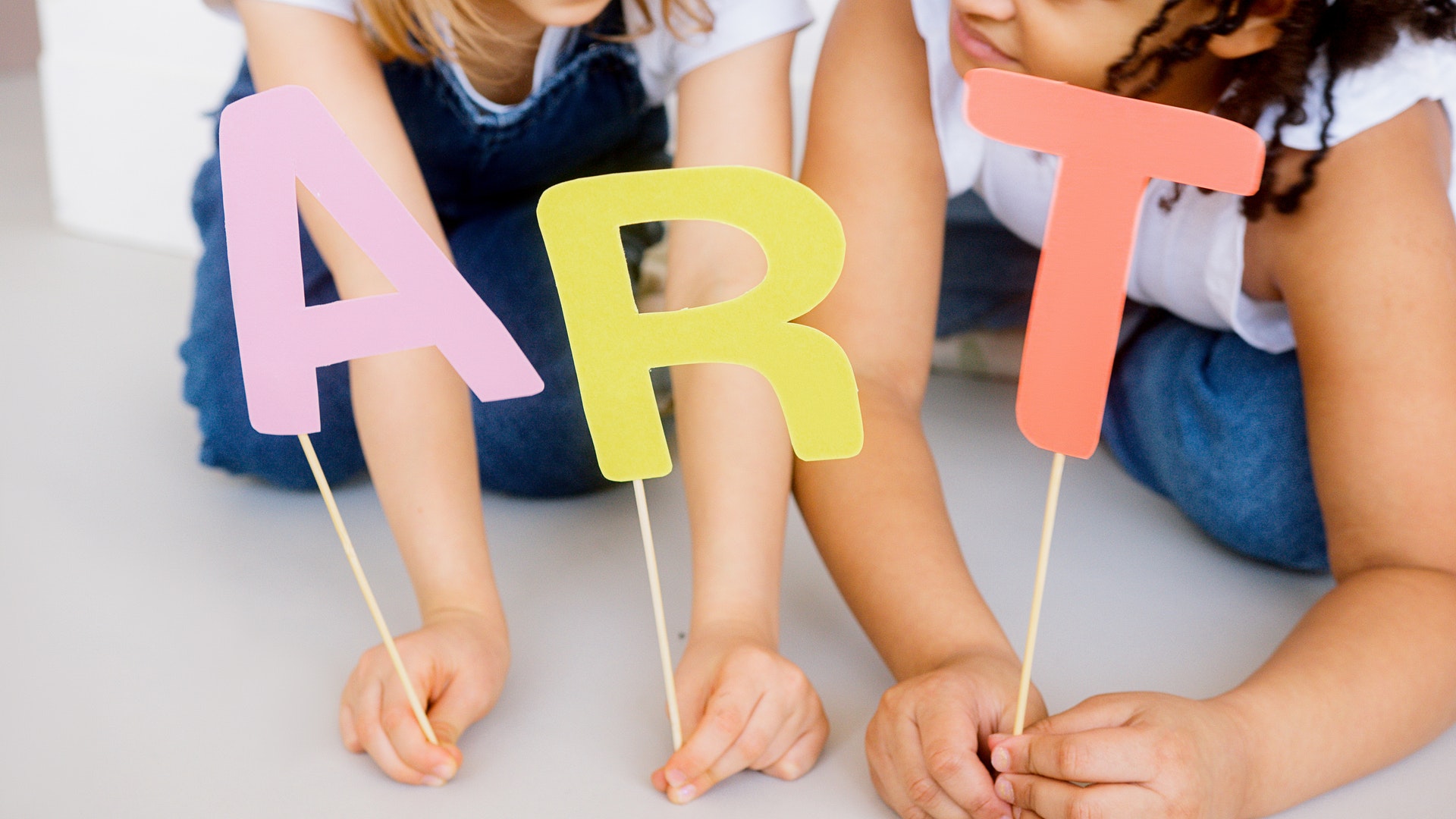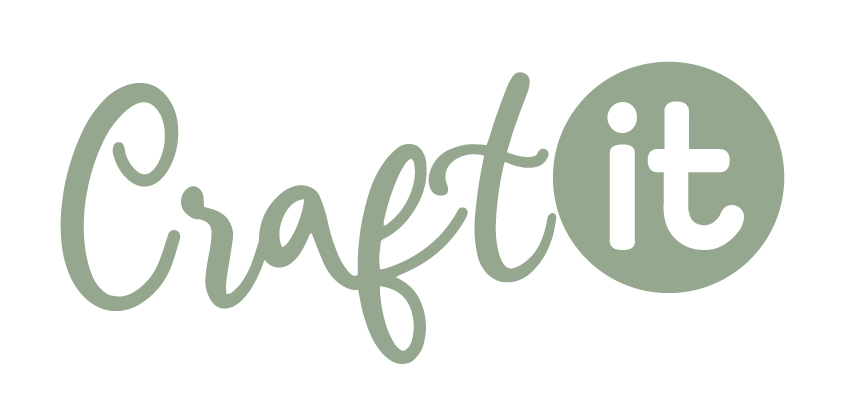
Early Years Foundation Stage Curriculum For 0 – 5 Years
The area of learning that can be accessed using our kid’s products is Expressive Arts and Design, this area comprises two categories: ‘Exploring and Using Media and Materials’ & ‘Being Imaginative’. Expressive Arts and Design involves supporting children to create, explore and play with a wide range of materials.
Use our products to teach Expressive Arts & Design
The area of learning that can be accessed using our kid’s products is Expressive Arts and Design, this area comprises two categories: ‘Exploring and Using Media and Materials’ & ‘Being Imaginative’. Expressive Arts and Design involves supporting children to create, explore and play with a wide range of materials.
Our products offer a vast array of colours, a range of fascinating textures and properties for small hands to discover, an optional self-adhesive quality with our peel and stick ability and the creativity to produce any 2D shape!
What the Government Says…
Give children enough space and time to experience and explore. Help and encourage them to develop their own curiosity and creativity. A child’s imagination and creativity are enriched through their awareness of art and other children around them. All these creative experiences build powerful connections within the brain. Creativity is associated with focus, independence, a willingness to explore and ingenuity!
What the Early Years Framework Says….
The development of children’s artistic and cultural awareness supports their imagination and creativity. It is important that children have regular opportunities to engage with the arts, enabling them to explore and play with a wide range of media and materials.
Constructing with a variety of materials develops the children’s fine motor skills, including muscular strength and hand-eye-coordination.
Self-expression, through being creative and playing with materials, encourages and supports children’s imagination and thinking process development. It allows them to produce new understandings, experiencing the world from different perspectives. Opportunities to manipulate materials are essential for children to develop their skills and express themselves.
Have a good range of ‘open-ended materials’ that children can use how they like, constructing, manipulating and transforming them through self-directed play. This allows them to explore and inquire in an active and participatory way, expressing their thoughts, actions and ideas in many different ways.
What Development Matters (Non-statutory Curriculum Guidance) says…
The quality and variety of what children see, hear and participate in is crucial for developing their understanding, self-expression, vocabulary and ability to communicate through the arts. The frequency, repetition and depth of their experiences are fundamental to their progress in interpreting and appreciating what they hear, respond to and observe.

Babies from Birth to 3 Years Old Will Be Learning To:
- Explore different materials, using all their senses to investigate them. Manipulate and play with different materials.
- Use their imagination as they consider what they can do with different materials.
- Make simple models which express their ideas. Examples of how to support this: Stimulate young children’s interest in modelling. Suggestions: provide a wide range of found materials (‘junk’) as well as blocks, clay, soft wood, card, offcuts of fabrics and materials with different textures.
- Provide appropriate tools and joining methods for the materials offered.
- Encourage young children to explore materials/ resources finding out what they are/what they can do and decide how they want to use them.
Children Aged 3 to 4 Years Old Will Be Learning To:
- Explore different materials freely, to develop their ideas about how to use them and what to make. Develop their own ideas and then decide which materials to use to express them.
- Join different materials and explore different textures. Examples of how to support this: Offer opportunities to explore scale. Suggestions: • long strips of wallpaper • child size boxes • different surfaces to work on e.g., paving, floor, tabletop or easel
- Listen and understand what children want to create before offering suggestions. Invite artists, musicians and craftspeople into the setting, to widen the range of ideas which children can draw on. Suggestions: glue and masking tape for sticking pieces of scrap materials onto old cardboard boxes, hammers and nails, glue guns, paperclips and fasteners.
Children in Reception Will Be Learning To:
- Explore, use and refine a variety of artistic effects to express their ideas and feelings.
- Return to and build on their previous learning, refining ideas and developing their ability to represent them.
- Create collaboratively, sharing ideas, resources and skills. Examples of how to support this: Teach children to develop their colour-mixing techniques to enable them to match the colours they see and want to represent, with step-by-step guidance when appropriate. Provide opportunities to work together to develop and realise creative ideas. Provide children with a range of materials for children to construct with. Encourage them to think about and discuss what they want to make. Discuss problems and how they might be solved as they arise. Reflect with children on how they have achieved their aims.
- Teach children different techniques for joining materials, such as how to use adhesive tape and different sorts of glue.
- Provide a range of materials and tools and teach children to use them with care and precision.
- Promote independence, taking care not to introduce too many new things at once.
- Help them to define colours, shapes, texture and smells in their own words.
- Discuss children’s responses to what they see.
EYFS Activities for 0-5 Years for ‘Expressive Arts and Design’
- Think about the different properties of the materials you’re collecting: clear, opaque, dense, light, reflective, colourful, plain, rough, smooth, patterned or plain.
- Arrange your materials on a surface, at a table, or on a mat on the floor and let the children play and explore the materials. It’s also useful to think about a single colour, such as black that can provide a base to work on and arrange the collection on. If you have a large collection you may wish to use a frame, a hoop or wooden frame for the children to place their chosen materials inside.
- Listen to what the children say about the materials as they handle them, how are they expressing their ideas, are they talking about properties or naming the type of materials?
- Observe what the children do with the different materials and ask them questions about what they are discovering. How do they handle them, are they exploring the texture? Do the materials they have selected have something in common for example are they all shiny or smooth.
- Try to notice what has interested the children, is it shape, texture, function or size? The children’s selection expresses their interest and tells us a little about them, their knowledge and experience. Are they constructing? Placing and arranging or just handling the materials?
How this activity links to the other areas of learning
Investigating the materials with the children, will help to motivate further exploration later and supports their personal, social and emotional development. When talking about the properties of materials children engage in communication and language. They describe their explorations and discoveries, supporting their literacy skills. Manipulating small and large objects develops their fine motor skills and gross motor skills. Enriching and widening their vocabulary as well as developing children’s observations of differences and similarities, helps their understanding the world. Manipulating materials varying in size, quantity, weight and type strengthens children’s understanding of mathematics.
Children with Additional Needs
Children with English as an additional language may find creative expression becomes their first way of communication in your setting. Children who receive support to follow the curriculum will find our products accessible and enjoyable, helping children achieve and find success along their creative path!
National Curriculum Primary Key Stages 1, 2 and 3
DESIGN AND COMPUTING
Purpose of study
Art, craft and design embody some of the highest forms of human creativity. A high-quality art and design education should engage, inspire and challenge pupils, equipping them with the knowledge and skills to experiment, invent and create their own works of art, craft and design. As pupils progress, they should be able to think critically and develop a more rigorous understanding of art and design.
Aims
The national curriculum for art and design aims to ensure that all pupils:
- produce creative work, exploring their ideas and recording their experiences
- become proficient in drawing, painting, sculpture and other art, craft and design techniques
- evaluate and analyse creative works using the language of art, craft and design
Key stage 1
Pupils should be taught:
- To use a range of materials creatively to design and make products
- To use drawing, painting and sculpture to develop and share their ideas, experiences and imagination
- To develop a wide range of art and design techniques in using colour, pattern, texture, line, shape, form and space
- About the work of a range of artists, craft makers and designers, describing the differences and similarities between different practices and disciplines, and making links to their own work.
Key stage 2
Pupils should be taught to develop their techniques, including their control and their use of materials, with creativity, experimentation and an increasing awareness of different kinds of art, craft and design.
Pupils should be taught:
- To improve their mastery of art and design techniques, including drawing, painting and sculpture with a range of materials.
Key stage 3
Pupils should be taught to develop their creativity and ideas and increase proficiency in their execution. They should develop a critical understanding of artists, architects and designers, expressing reasoned judgements that can inform their own work.
- To use a range of techniques to record their observations in sketchbooks, journals and other media as a basis for exploring their ideas
- To use a range of techniques and media, including painting.
- To increase their proficiency in the handling of different materials.
- To analyse and evaluate their own work, and that of others, in order to strengthen the visual impact or applications of their work
- About the history of art, craft, design and architecture, including periods, styles and major movements from ancient times up to the present day.
COMPUTING
Purpose of study
A high-quality computing education equips pupils to use computational thinking and creativity to understand and change the world. Computing also ensures that pupils become digitally literate – able to use, and express themselves and develop their ideas through, information and communication technology – at a level suitable for the future workplace and as active participants in a digital world.
- Aims The national curriculum for computing aims to ensure that all pupils: Can understand and apply the fundamental principles and concepts of computer science, including abstraction, logic, algorithms and data representation.
- Can analyse problems in computational terms, and have repeated practical experience of writing computer programs in order to solve such problems. Can evaluate and apply information technology, including new or unfamiliar technologies, analytically to solve problems.
- Are responsible, competent, confident and creative users of information and communication technology.
Key stage 1 Pupils should be taught to:
- understand what algorithms are; how they are implemented as programs on digital devices; and that programs execute by following precise and unambiguous instructions
- Create and debug simple programs
- Use logical reasoning to predict the behaviour of simple programs
- Use technology purposefully to create, organise, store, manipulate and retrieve digital content
- Recognise common uses of information technology beyond school
Key stage 2 Pupils should be taught to:
- Design, write and debug programs that accomplish specific goals, including controlling or simulating physical systems; solve problems by decomposing them into smaller parts.
- Use sequence, selection, and repetition in programs; work with variables and various forms of input and output.
- Use logical reasoning to explain how some simple algorithms work and to detect and correct errors in algorithms and programs.
Ks3 should be taught to:
- Understand the hardware and software components that make up computer systems, and how they communicate with one another and with other systems
- Understand how instructions are stored and executed within a computer system; understand how data of various types (including text, sounds and pictures) can be represented and manipulated digitally, in the form of binary digits
- Undertake creative projects that involve selecting, using, and combining multiple applications, preferably across a range of devices, to achieve challenging goals, including collecting and analysing data and meeting the needs of known users

